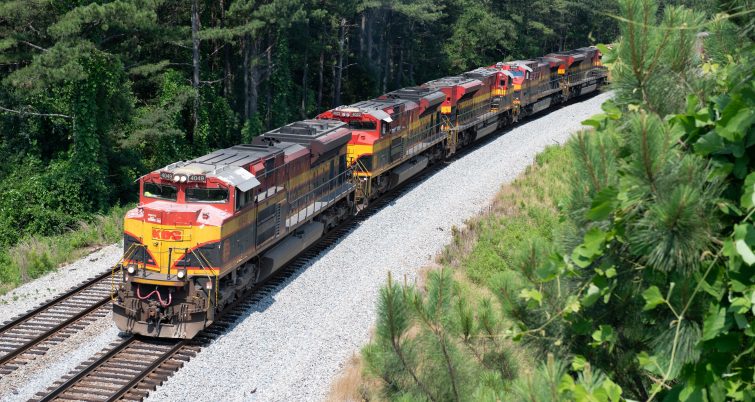Cyberattacks may threaten operation of rail freight network
Written by David C. Lester, Editor-in-Chief
Operating a freight railroad has always been a challenge. While the North American network is generally safe and well-maintained, there are multiple headaches to deal with. Maintaining a sound right-of-way to minimize and prevent derailments. Dealing with derailments. Dealing with all the problems Mother Nature can throw at it. Maintaining mechanically sound locomotives that will not fail when pulling a heavy train up a steep grade. Meeting technological mandates and regulations like positive train control. Grade crossing accidents. The list goes on.
More recently, COVID-19 has essentially turned things upside down for rail operations. Developing and maintaining protocols for employee safety. Facing the business downturn brought about by the virus, along with other economic factors in play before the virus hit.
As if all of this weren’t enough, another potential threat is looming on the horizon – railroad cybersecurity. Over the last several years, the railroads have become more “connected.” Satellites monitor train location and other measures to support PTC and automatically adjust train speed or bring it to a stop altogether without human intervention. Multiple computer networks communicate constantly to keep things running smoothly. All of this connectivity through the cloud, however, creates an opportunity for those who wish to do harm to severely disrupt freight operations.
According to a FreightWaves report, the CEO of Cylus, Amir Levintal, is working on what a hacking event could mean to transportation networks. Cylus is a cybersecurity start up company based in Israel.
Levintal points out that “Over the last decade, more and more technologies have been introduced in the rail industry for both signaling systems and the rolling stock. By using wireless communication to control the train, the rail system is exposed to cyberattackers who can get into the network and do sensing and control the same way switches can.”
Levintal adds that, with regard to technology like PTC, “Stopping the train might be safe, but it is not secure (because) if the attacker succeeds to get into the network and send just one command that is not part of the process, it will stop the train.”
In addition, Levintal says “For rail cybersecurity, there is no single solution that fits all. Rail companies need a solution that is specifically designed for them. This is because most of these systems are proprietary technologies and communications, and generic solutions cannot work.
“There is a very close relationship between security and safety, and the fact that a system is safe doesn’t mean that it is secure. Once the rail companies understand that cyberattacks might harm safety, they would deal with security in the same way they deal with safety.”
For the latest railroad news, please visit rtands.com.





